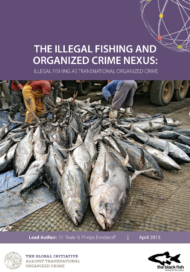Posted on 14 Jun 2010
The Nature, Scope, and Impact of Mass-Marketing Fraud
Mass-marketing fraud has gradually transformed from a predominantly North American crime problem into a pervasive global criminal threat. There are strong indications that the order of magnitude of global mass-marketing fraud losses is in the tens of billions of dollars per year. For some victims, the risks extend well beyond loss of personal savings or funds to include physical threats or risks, loss of their homes, depression, and even contemplated, attempted, or actual suicide.
Mass-marketing fraud has a substantial impact on economies and markets by undermining consumer trust and confidence in legitimate businesses. Large-scale criminal mass-marketing fraud operations are present in multiple countries in most regions of the world. Similarities between such operations include targeting victims in other countries, foreign outsourcing of operations, and involvement of organized criminal enterprises.
Methods and Techniques of Mass-Marketing Fraud
As a whole, fraudulent mass-marketing operations are increasingly transnational, interconnected, and fluid, with groups shifting alliances according to the particular needs of a scheme. Fraudulent mass-marketers reach victims via all modes of communication – postal service, telephone, e-mail, Internet sites, television, radio, and even in person.
Viable mass-marketing fraud groups require a variety of resources to operate, including the means to target and communicate with prospective victims, obtain and launder illicit proceeds, and evade law enforcement detection and investigation. These include legitimate business services, lead lists, communications tools, payment processors, fraudulent identification documents, and counterfeit financial instruments. Mass-marketing fraud criminals continue to use counterfeit financial instruments, including checks and money orders, to facilitate many mass-marketing schemes, including overpayment, lottery, and employment fraud.



